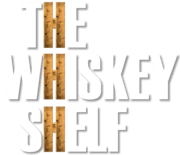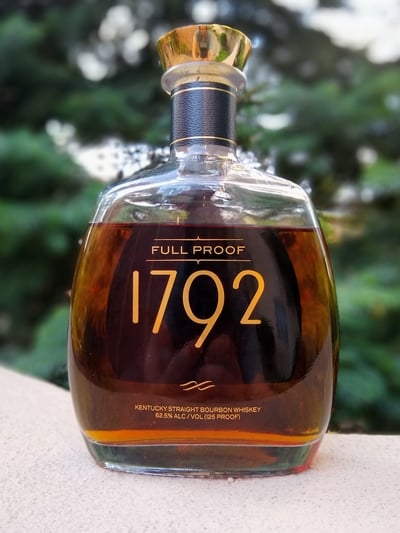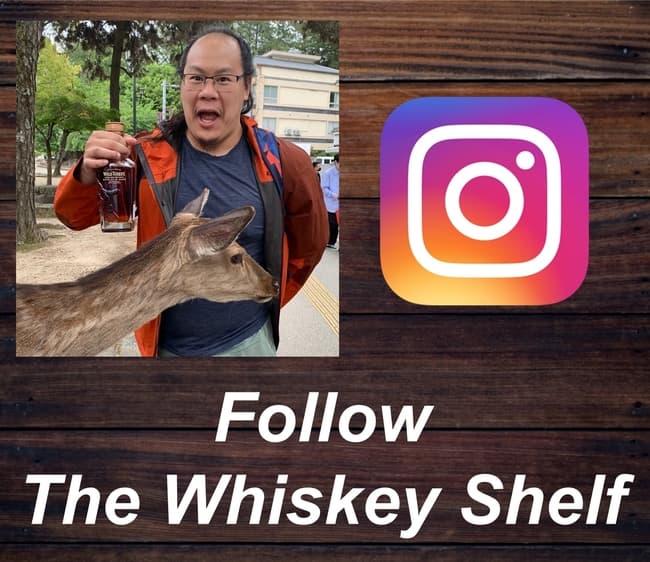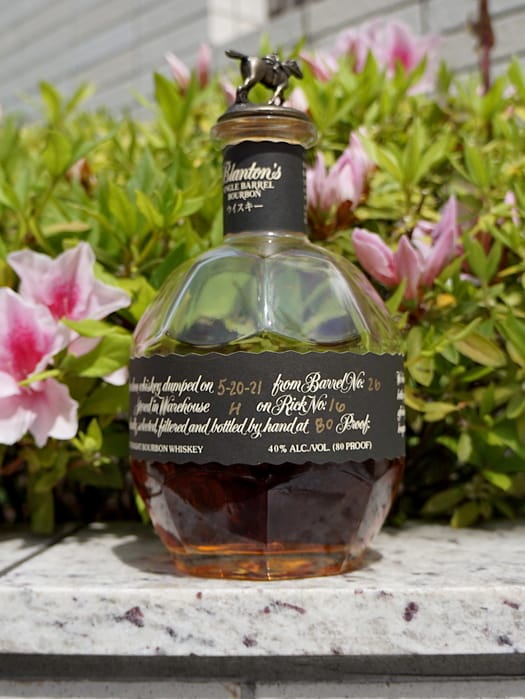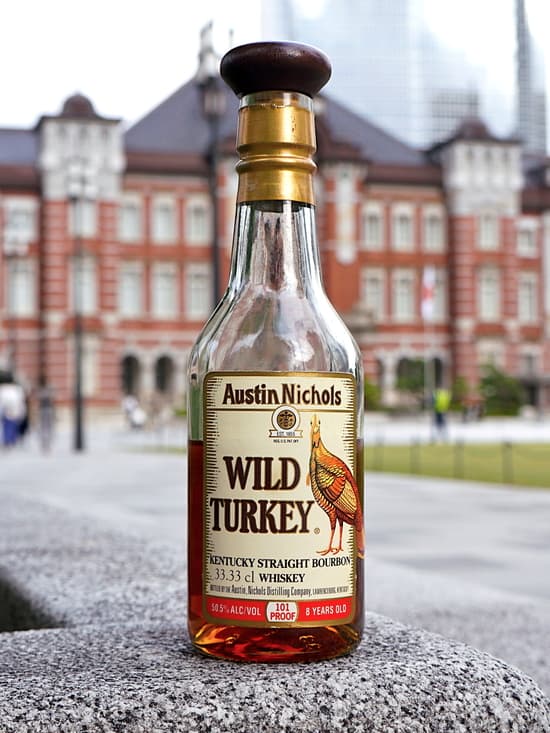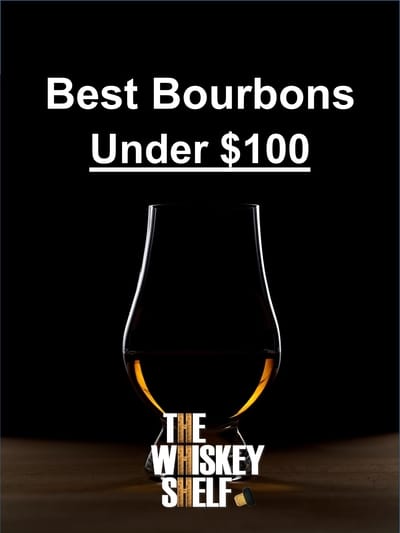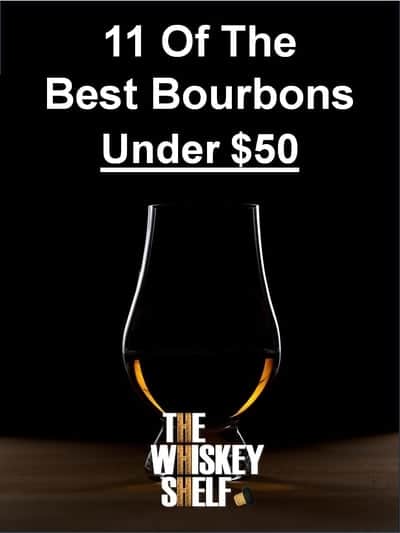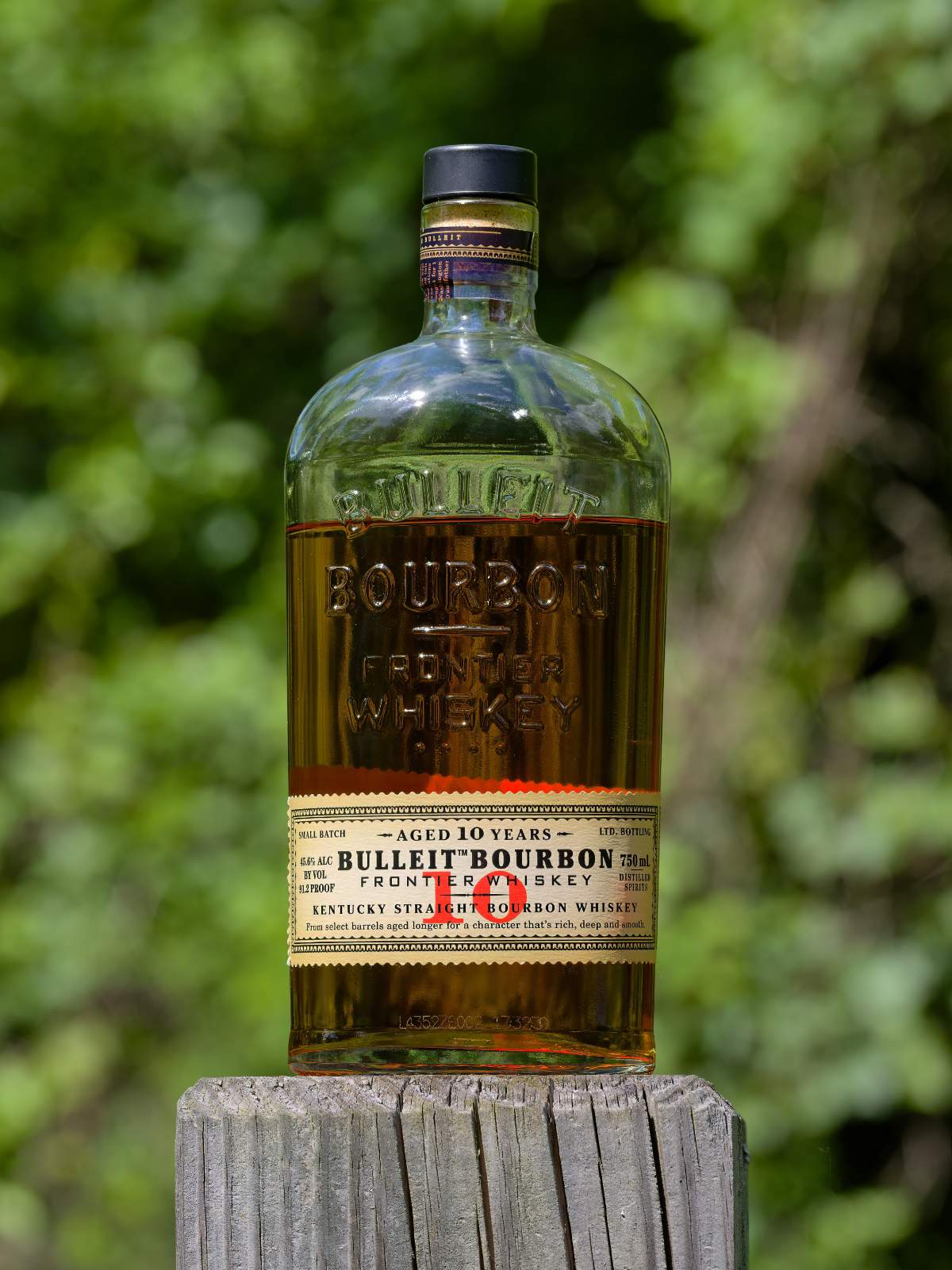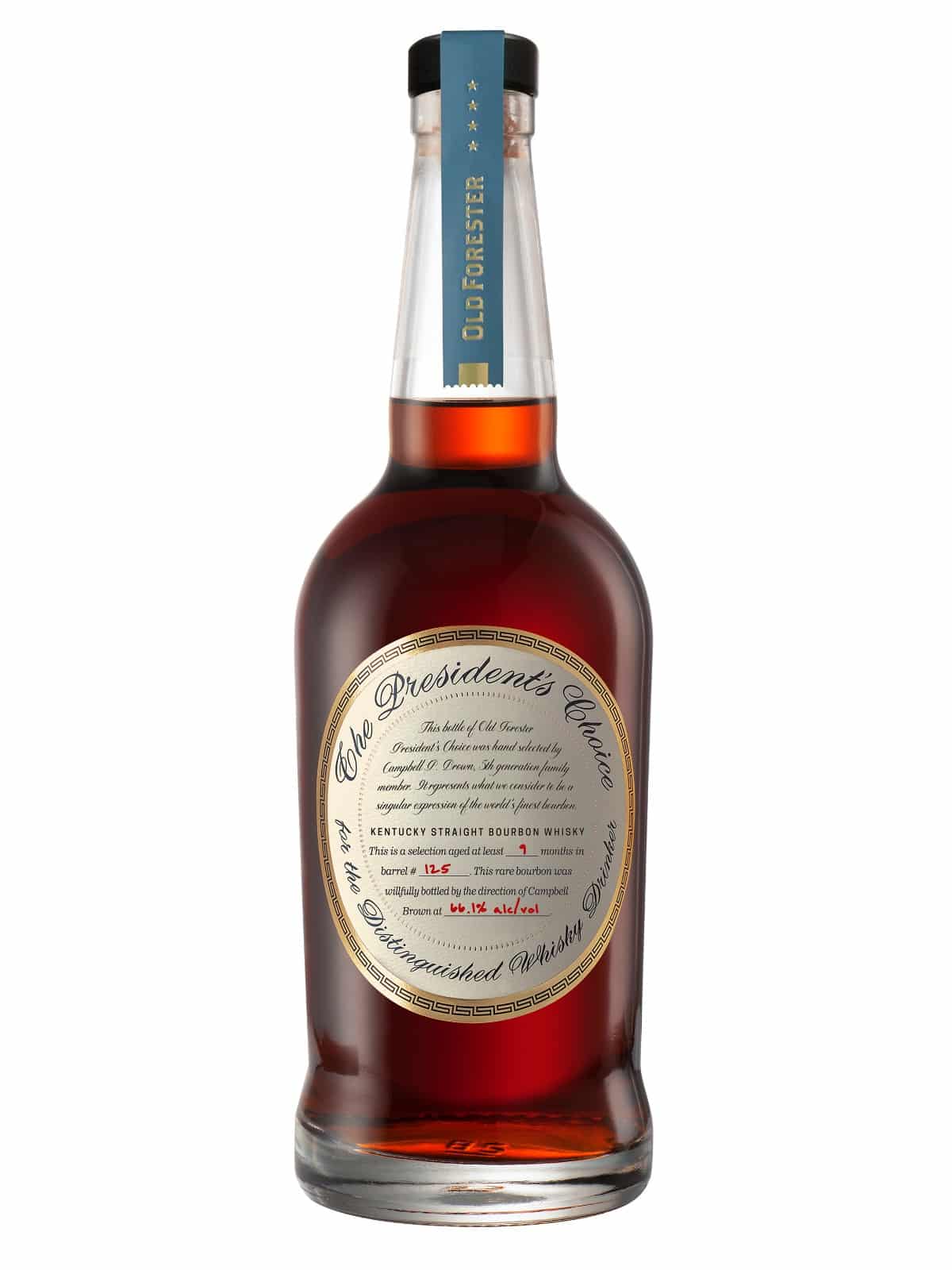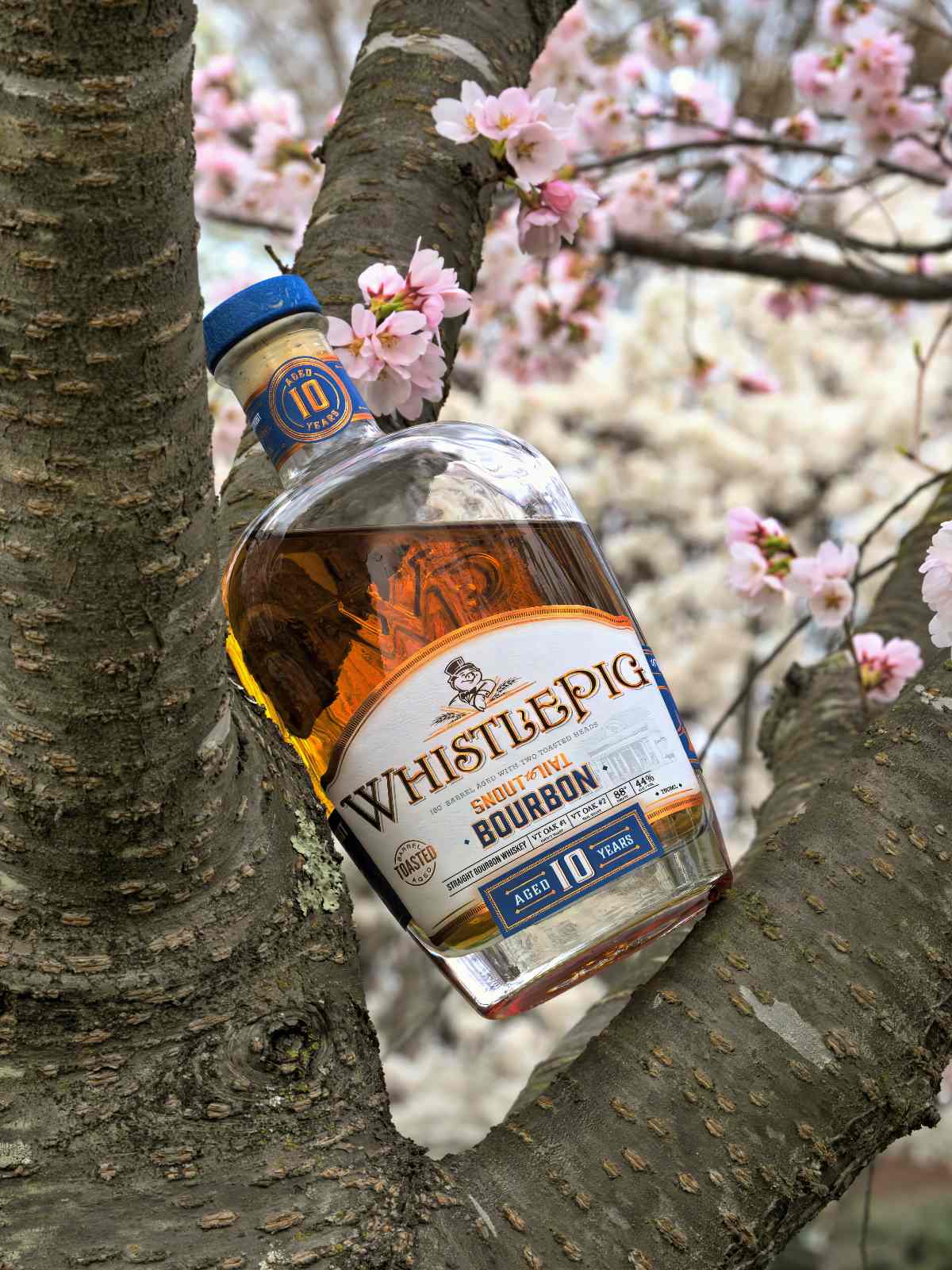Thomas Moore Bourbon Review [In Depth]
Thomas Moore Bourbon (1990)

Founder, writer
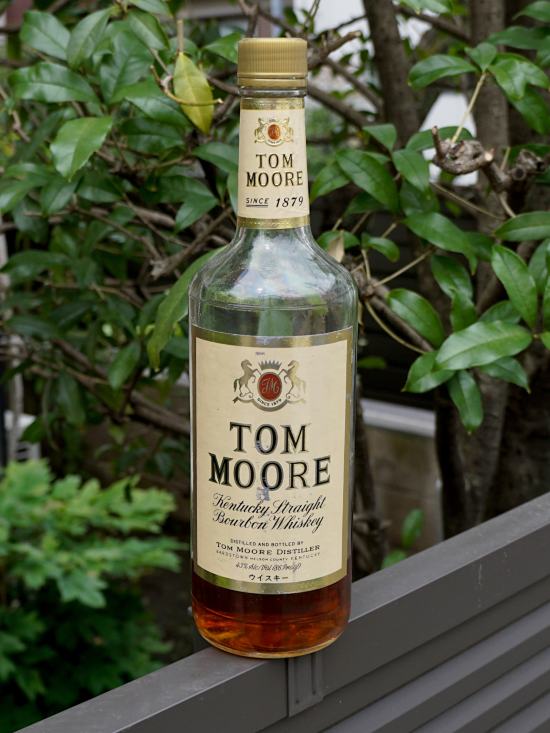
Thomas Moore Bourbon Details
Distillery: Barton (Thomas Moore)
Type & Region: Bourbon, USA
Alcohol: 43%
Composition: Unknown
Aged: At least 4 years
Color: 1.4/2.0 on the color scale (tawny)
Price: I paid $30
Thomas Moore Bourbon overview

As an FYI, I bought and use these Glencairn glasses for everything (they’re the best): Glencairn Crystal Whiskey Glass Set of 6, Set of 4, Set of 2, or just one. Full transparency, this is an affiliate link, so I may earn a commission if you buy this or something else from Amazon.
Thomas Moore Bourbon smell
Thomas Moore Bourbon taste and aftertaste
Thomas Moore Bourbon Rating
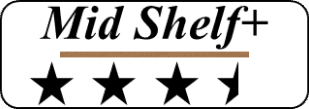

I have far too much fun writing about whiskey and singlehandedly running The Whiskey Shelf to bring you independent, honest, and useful reviews, comparisons, and more. I’m proudly Asian American and can speak Cantonese, Mandarin, and some Japanese.
There are no sponsors, no media companies, and no nonsense. Support The Whiskey Shelf by Buying Me A Shot.Shattered glass really sucks, so if you’re on the move, this Glencairn-like stainless steel snifter glass should survive your travels. Full transparency, this is an Amazon affiliate link, so I may earn a commission if you buy this or something else from Amazon.
BrüMate NOS’R, Double-Wall Stainless Steel Whiskey Nosing Glass – 7oz (Matte Black)
